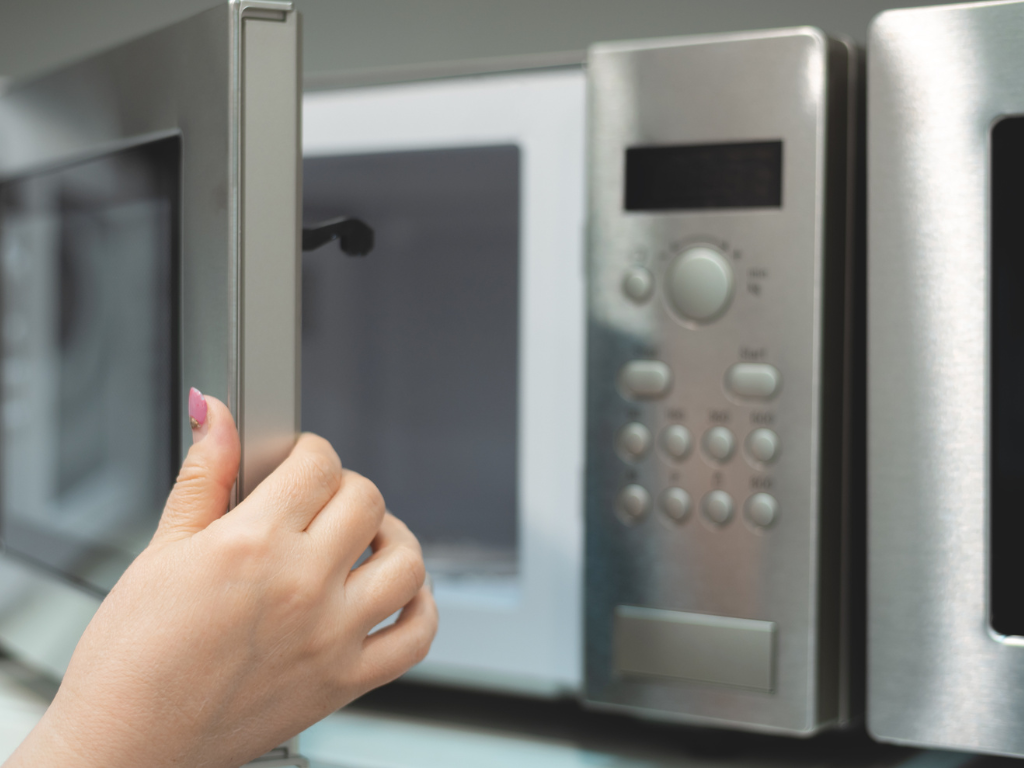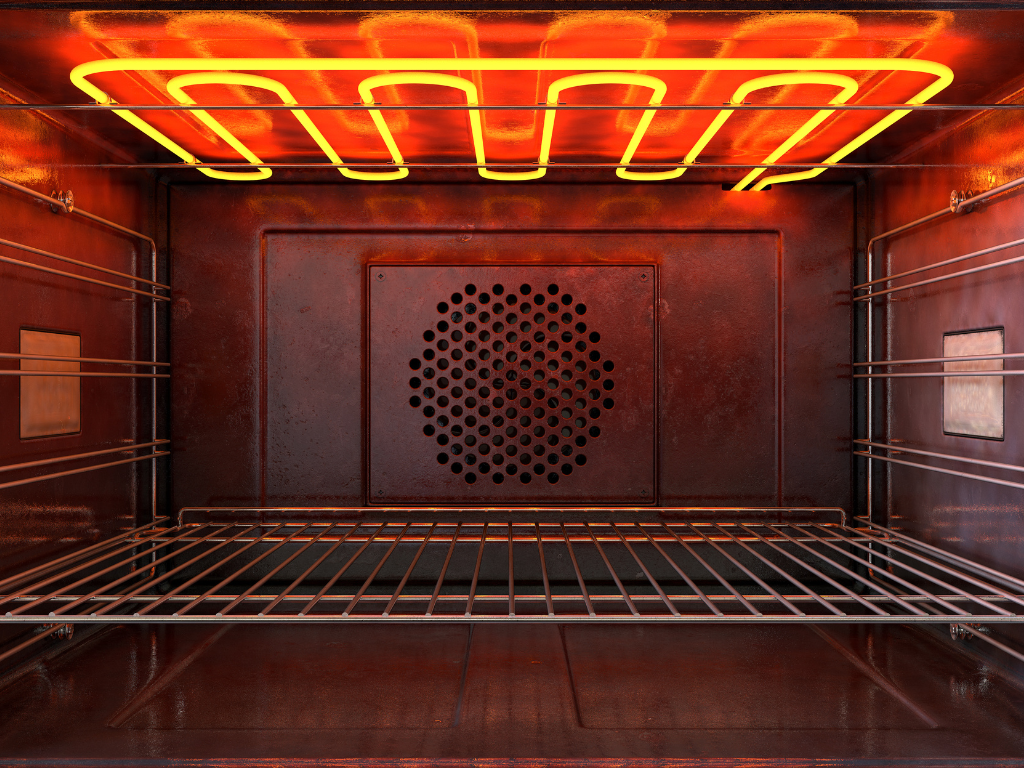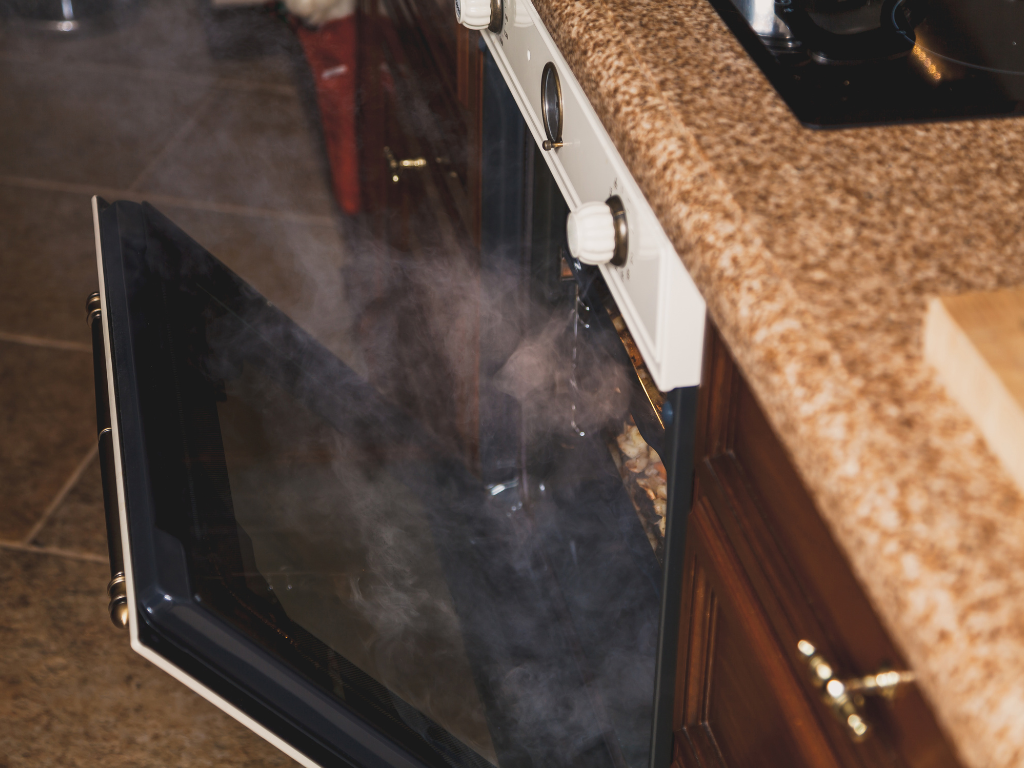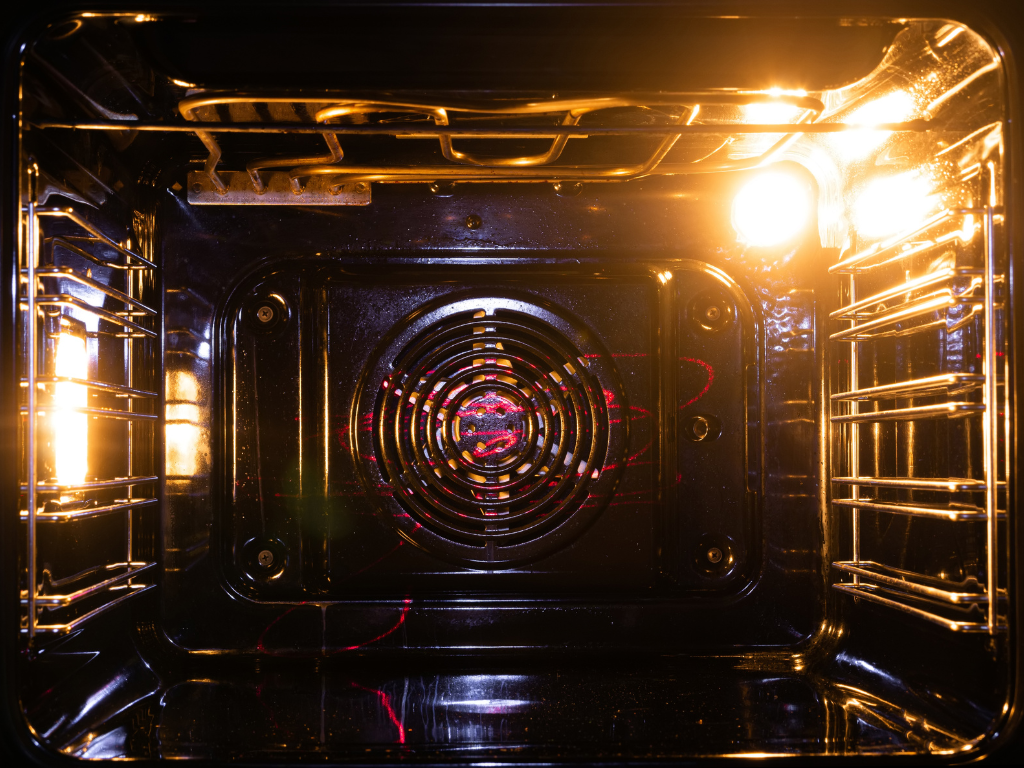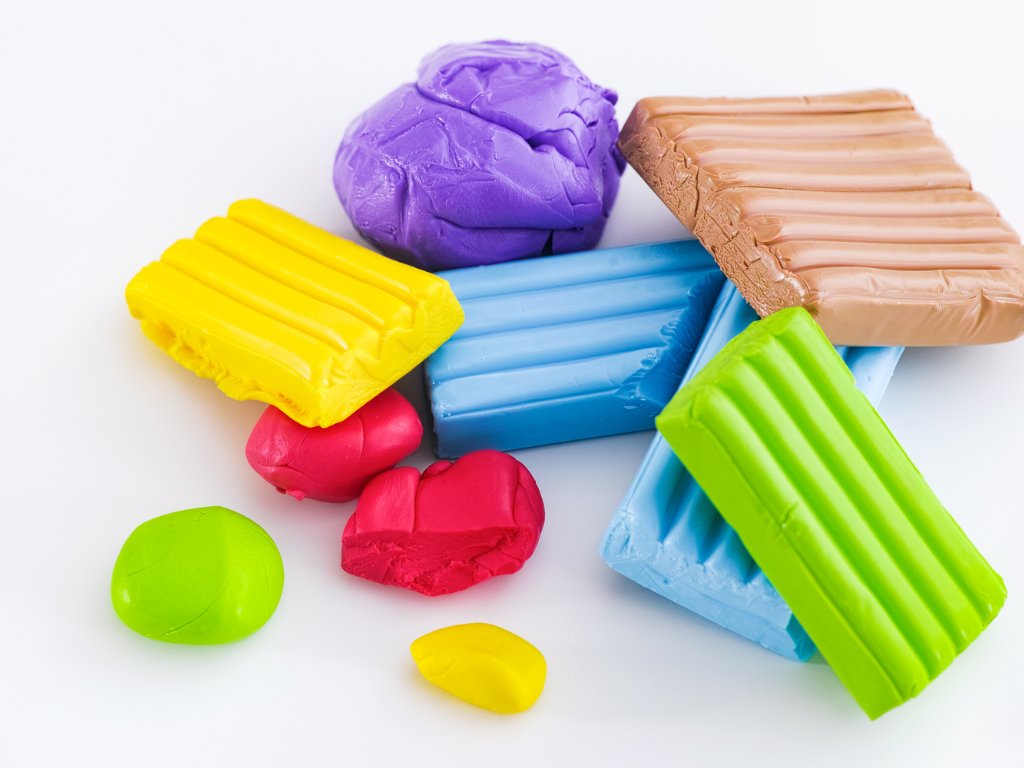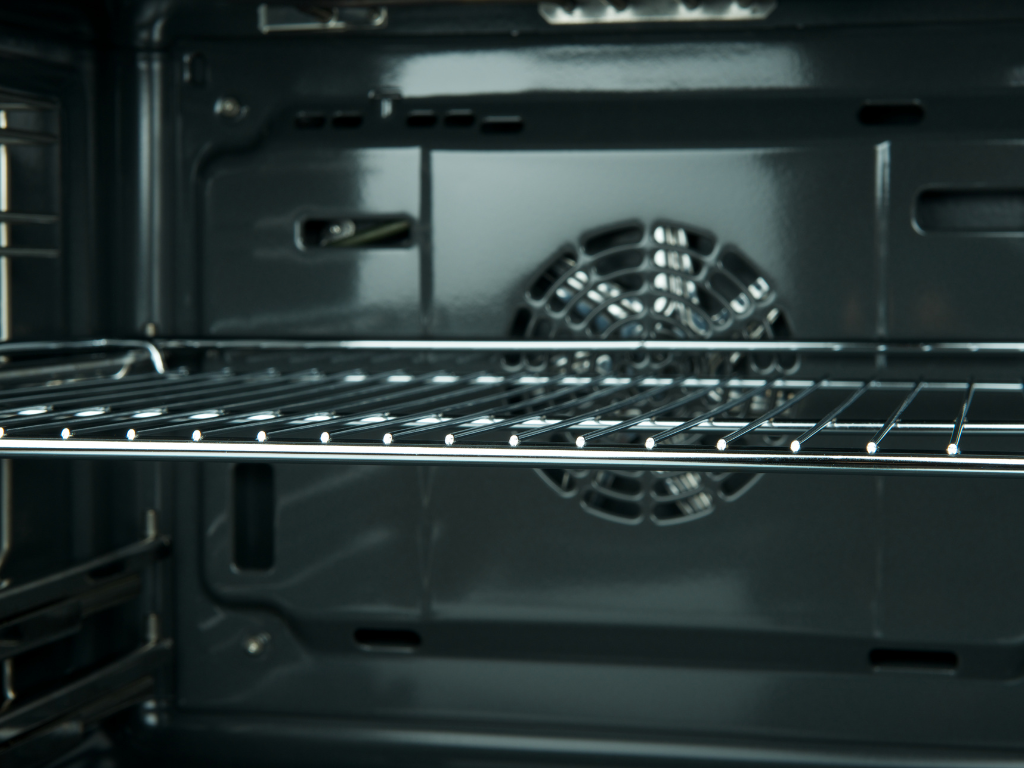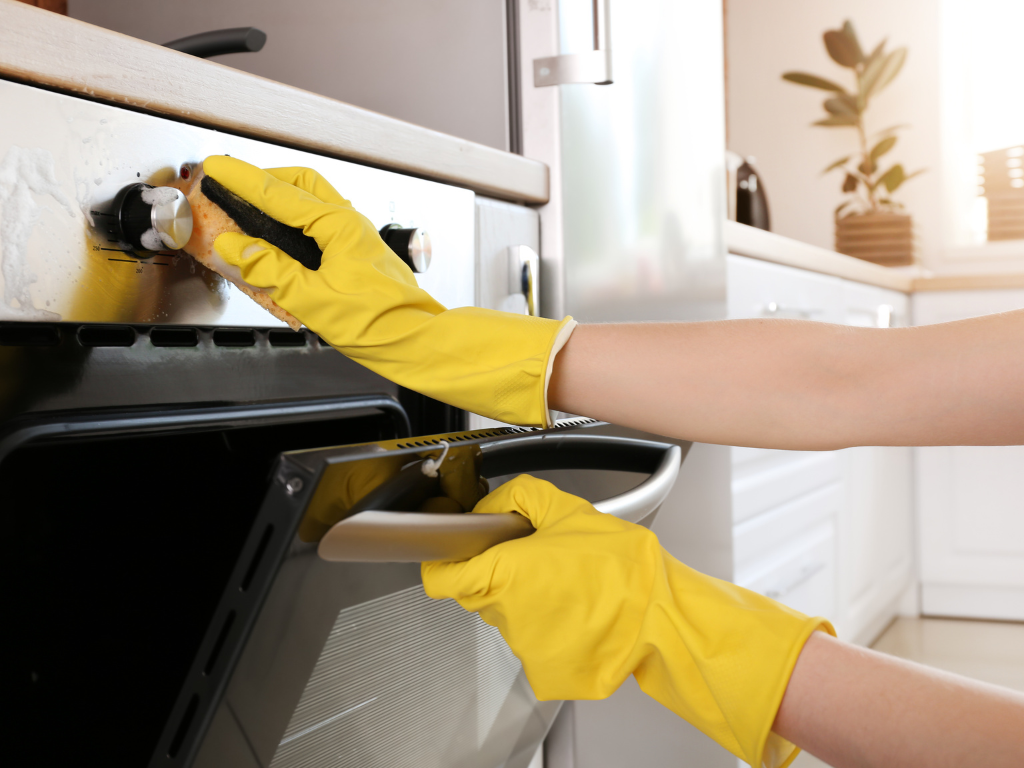
Of all the heady aromas that waft from your oven, nothing compares to cookies, cakes and other pastries baking. Chances are, no matter what you’re baking, it’s the scent of vanilla — at once sweet, buttery and spicy — that lures people in.
From planting to curing, vanilla is such a labor of love that it’s no wonder its extract is pricey. If you’re fortunate enough to possess a bottle, follow the guidelines for proper vanilla extract storage and it will serve you well for years to come.
Pollinating by Unique Mexican Bee
Most vanilla extract comes from vanilla beans grown in Madagascar, Indonesia, Mexico or Tahiti. Although the vanilla vine originated in Mexico, today’s Madagascar Bourbon Islands grow the most vanilla and supply most of the world’s extract. Madagascar Bourbon vanilla extract is named for the area where the beans are grown, not because it’s made with bourbon whiskey. (It isn’t.)
The vanilla plant is an orchid and the only orchid with edible fruit. It grew wild in Mexico and flourished because the orchids were pollinated by the Mexican bee, the Melipona. When vines were taken to the Bourbon Islands, however, they grew and produced beautiful flowers but rarely any vanilla pods. No other insects are able to reliably pollinate the vanilla orchid.
Pollinating by Hand
Eventually, scientists figured out how to pollinate the orchid by hand, which is still done by vanilla farmers today. There’s just one problem with that. The vanilla plant only flowers one day out of the whole year. If the pollinating farmers miss it, that plant won’t produce any vanilla bean pods. Zilch.
Sweating and Baking in Sunshine
The pods are picked when they’re still green and the tip is starting to turn yellow. Each country uses a slightly different curing process, but all involve setting the beans out in the sun each day for at least a month or longer. The beans are placed in boxes to sweat at night and then put out in the sun again in the morning to bake all day. The entire process takes between three and six months.
Each country’s soil, growing conditions and curing process differ, resulting in different-tasting vanilla beans and extracts. In Indonesia, the beans are picked all at once whether they’re ripe or not. Then they’re treated with kerosene heat to speed up the curing. Cheaper vanilla extract that’s still the real thing usually comes from this Indonesian process.
Making Imitation Extract with Chemicals
The long, intensive process of curing the vanilla beans and the need for human labor throughout is what makes vanilla extract expensive to purchase. So, manufacturers make imitation vanilla extract that sells for a fraction of the cost of pure vanilla extract. Imitation extract contains no actual vanilla; it’s made entirely of chemicals designed to imitate the taste of the real thing.
Ensuring Proper Vanilla Extract Storage
To maintain its freshness and taste, tighten the cap and store it in a cool, dry place such as a kitchen cupboard. Avoid storing it in cupboards that may become too hot, like those above the stove or heat vents.
You may wonder if vanilla extract needs to be refrigerated after opening it. Not only does it not need refrigeration, but vanilla extract should never be refrigerated, even after opening it. Refrigerated air is too cold for the extract, and it will become cloudy. These same guidelines apply to both pure and imitation vanilla extracts.
Using Other Forms of Vanilla
While most recipes call for vanilla extract, you can use vanilla in other forms instead of or in addition to the extract. It’s available as vanilla paste, vanilla powder and whole vanilla beans. Vanilla beans and seeds are strong and flavorful.
To access the seeds, cut through the pod lengthwise, open it up and scrape out the seeds with a knife. Vanilla bean paste storage and powder as well is the same as the guidelines for extract. Vanilla beans should be kept in a tightly closed bottle or plastic bag to stay moist and should keep about two years.
Substitute any of these alternatives:
1 teaspoon vanilla extract = 1 teaspoon vanilla paste = 1 teaspoon vanilla powder
1 tablespoon vanilla paste = 1 vanilla bean
Vanilla sugar = sugar infused with vanilla extract = substitute 1:1 for granulated sugar
Storing Extract in Dark Bottles
Vanilla extract, like other extracts, keeps best in glass bottles that are dark. This keeps light from getting to the precious substance and altering its taste. When stored in its original brown bottle, vanilla extract will keep indefinitely.
The vanilla pod, or vanilla bean, known visually as a long shriveled black bean, is the fruit product of the vanilla orchid. The seeds found inside of the dried pod are used for edible vanilla flavoring and in extracts, as are the pods themselves when ground into a powder.
Vanilla Orchid
Vanilla comes from the flowering vanilla orchid, a climbing vine that grows throughout the tropics. Although the plant originated in Mexico, its cultivation has spread around the world and is now produced in primarily in Madagascar.
Vanilla Bean
The vanilla pods, or beans, the long black stems sold in commercial spice markets, are the product left after pollination of the vanilla orchid flower. The bean is the fruit of the flower, and as it dries it opens at the ends and shrivels forming the shiny and curved vanilla pod.
Seeds
When the pods are dried, they are opened and their small black seeds are scraped from the pod case. These seeds are used in culinary and medicinal purposes. The vanilla seeds are visible when used whole as tiny black specks (such as in French vanilla ice cream).
Extract
Vanilla extracts used in cooking are usually alcohol-based solutions used to extract the vanilla flavor out of the bean. Extracts are 35% alcohol by volume.
Powder
Vanilla powder is obtained from grinding the actual bean pod along with either sugar or a light starch. The powder contains no alcohol and as it contains actual matter from the whole pod, is believed to maintain a “truer” vanilla flavor.
Can vanilla extract be left out?
Vanilla extract, like other extracts, should never be refrigerated. Refrigeration can cause the vanilla to become liquid and remain cloudy. Also, extracts do not require refrigeration even after they have been opened.
How many times can one use vanilla extract prior to reusing?
Like other extracts, a small amount left over from one recipe is generally sufficient for another. The amount needed for one batch of pure extract is about two teaspoons; 1/4 teaspoon per cup of finished product. So, you can use up to 1/4 of a 1-ounce bottle (2 teaspoons) for your next batch.
What should extract be used for?
Use pure vanilla extract for the best-tasting finished product. It contains natural vanilla flavor and aroma. Use imitation vanilla extract when the finished food uses less pure vanilla flavor and aroma like cake, cookies and candy toppings. Vanilla powder can be used when you need to make baked goods with limited amounts of pure extract but that are still delicious.
Made in Belgium by Vogelsang, Editions du Desert, this is a beautifully illustrated book with all kinds of recipes using a variety of ingredients such as vanilla beans and extracts.
How do you store vanilla extract in the fridge?
Vanilla extract, like other extracts, should never be refrigerated. Refrigeration can cause the vanilla to become liquid and remain cloudy. Also, extracts do not require refrigeration even after they have been opened.
How often should you grind up your beans?
Vanilla beans are strong flavors that are very easily overpowered by other foods in a recipe. If a recipe calls for half a bean, use 1/2 without grinding it into powder first. The baking and tasting of the product may then reveal its true flavor.
= Traditional method using dried vanilla pods; some extracts contain synthetic vanillin and cannot legally be called “vanilla” (e.g., imitation vanilla).
How do you store extract?
Pure Vanilla Extract should be stored in a cool, dark place. Moisture and heat cause the alcohol in the vanilla extract to evaporate—which can ruin the extract.
Note: A common misconception is that vanilla extract deteriorates over time (or loses its flavor), and must therefore be replaced frequently. The “stale flavor” myth comes from the fact that vanilla extract has been made with artificial vanillin since the 1920s, so many people are used to experiencing artificial vanillin as fresh-tasting and pure as real vanilla is supposed to be, or think that this applies to natural vanillin as well. In reality, properly stored (dark glass bottle, cool place) pure vanilla extract is stable for many years.
Where do you store vanilla?
Vanilla extract, like other extracts, should never be refrigerated. Refrigeration can cause the vanilla to become liquid and remain cloudy. Also, extracts do not require refrigeration even after they have been opened.
How much extract do you need?
The amount of vanilla extract needed in a recipe will depend on the number of ingredients in the recipe and its relative sweetness. For example, a cup of sugar will only need about 1/4 teaspoon of extract to make it flavorful for mixing into cake batter or frosting; whereas a cup of unsweetened applesauce might need as much as 2 teaspoons of vanilla extract to get just the right flavor balance in baked goods.
How do you store vanilla extract?
Pure Vanilla Extract should be stored in a cool, dark place. Moisture and heat cause the alcohol in the vanilla extract to evaporate—which can ruin the extract.
Why does vanilla extract smell different when I bake it?
If you are using pure vanilla extract (especially “gourmet” or flavoring grade) to flavor liquids, such as sweetened condensed milk or fruit fillings, you may notice that your baked good does not have that “true vanilla flavor” until it has cooled down. This is because when the water in the liquid evaporates, it leaves behind whatever has been dissolved in it which gives your final product its taste and smell—in this case, pure vanilla extract.
What does mold on vanilla beans look like?
This is one of the key signs that you have been doing something wrong by using a vanilla bean in your recipe. Mold is also a fermented effect, so it will smell like cheese, rotten eggs or cardboard. You may need to throw out the whole batch and start again.
What if I can’t get fresh beans?
There are many ways to use extracts without the fresh bean, such as flavoring vinegar or butters (for example, in marinades), using pure vanilla extract in baked goods and marinades, or even mixing it with vodka for making an extract-based best-quality vodka.
Most recipes are not very sensitive about when the extract is added to the liquid, but some recipes that mention vanilla beans often suggest adding them at room temperature (which means you will have to wait a while) or recommended adding them to the liquid with a teaspoon of sugar. The best way is to add them after you add all ingredients (unless otherwise specified). This would avoid any problem. If you use vanilla beans in your recipe follow the above instructions, they will make your recipe taste better.
